Storm Nate weakens but brings heavy rain
- Published
Catfish in the streets as Nate floods US cities
Storm Nate has weakened to a tropical depression after bringing strong winds, heavy rain and some flooding to the south-eastern United States.
It made landfall as a hurricane twice, in Louisiana and Mississippi, and is currently over Alabama.
Storm surge warnings have been lifted across the region.
Nate killed at least 25 people in Nicaragua, Costa Rica and Honduras. No deaths or injuries have yet been reported in the US.
Although it was not as strong as last month's Maria and Irma, the states of Louisiana, Mississippi, Alabama and parts of Florida had issued warnings and evacuation orders ahead of its arrival.
'Minimal' damage
Film footage from Biloxi, Mississippi, where the storm made landfall, showed flooded streets and highways.
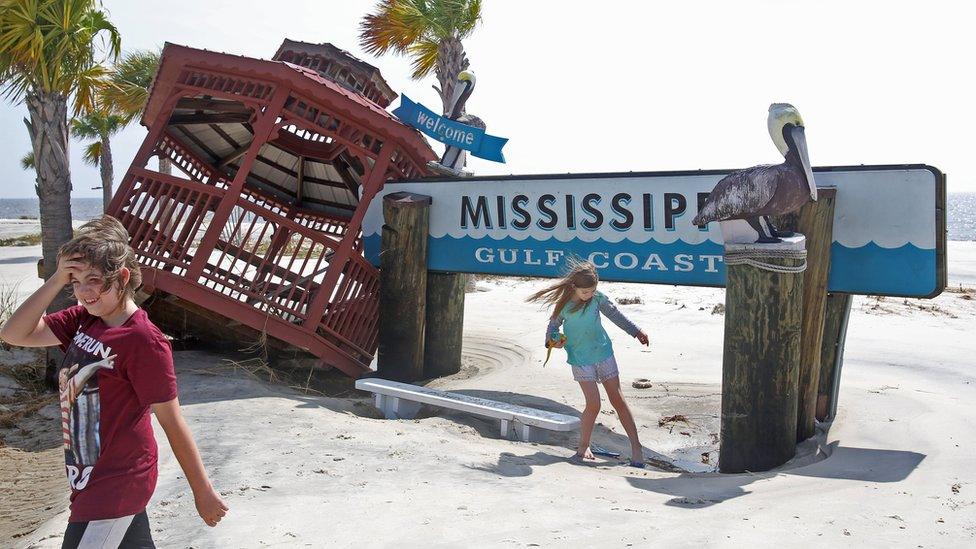
Storm surges displaced boats, vehicles and even this gazebo
But the waters quickly receded, leaving boats and vehicles marooned.
Mayor of nearby Gulfport, Billy Hewes, told the BBC the storm surge did not appear to be as high as feared and he thought the damage there would "be minimal".
UN Secretary General Antonio Guterres: "The origin is clear - we are facing the consequences of climate change"
Mississippi emergency official Greg Flynn told AP that more than 1,000 people in the state spent the night in shelters but no major damage had been reported.
In southern Alabama, the local power company said some 5,000 people were without power. Residents there had been urged to take precautions ahead of Nate's arrival.
A mandatory curfew was lifted in New Orleans, Louisiana, as the threat to the city - devastated by Hurricane Katrina in 2005 - was downgraded.
Nate was downgraded from a hurricane to a tropical storm by the National Hurricane Center at 09:00 GMT on Sunday, and later to a tropical depression.
Warnings of storm surge flooding were lifted on Sunday afternoon.
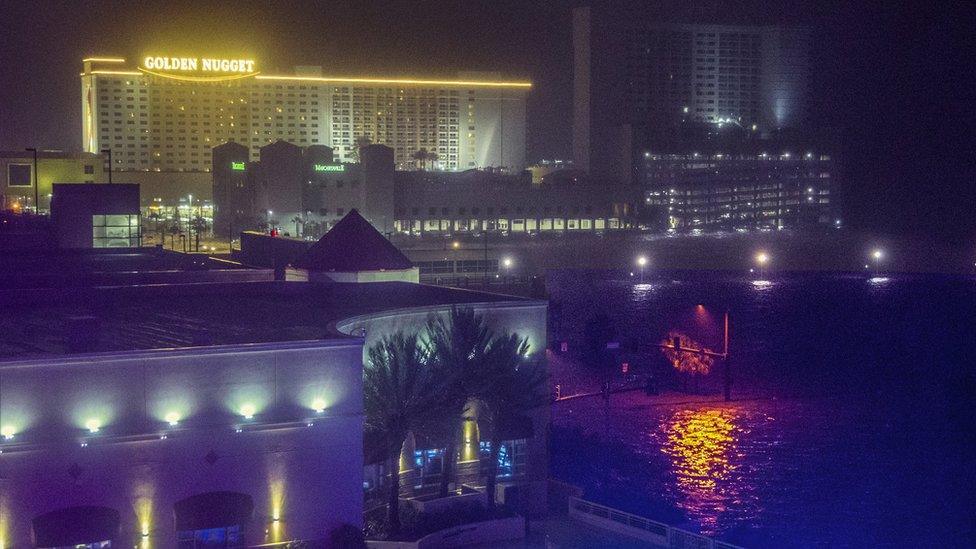
Some 300 guests were in the Golden Nugget Hotel in Biloxi when the storm came
Five ports along the Gulf Coast were also closed to shipping as a precaution ahead of Nate's arrival. Most oil and gas platforms in the US Gulf of Mexico also evacuated their staff, but are now planning to reopen.
US President Donald Trump on Saturday issued an emergency declaration for Louisiana and Mississippi, allowing the state to seek federal help with preparation and possible relief efforts.
Nate's deadly impact in Central America
Nate caused heavy rains, landslides and floods which blocked roads, destroyed bridges and damaged houses as it tore through central America.
At least 13 people died in Nicaragua, eight in Costa Rica, three in Honduras and one in El Salvador.
The tail of the storm is still causing problems in the region, where thousands have been forced to sleep in shelters and some 400,000 people in Costa Rica were reported to be without running water.

UN Secretary General Antonio Guterres, visiting Antigua and Barbuda which were badly damaged by Hurricane Irma in September, said the international community needed to do more to help Caribbean countries hit by a series of powerful hurricanes.
"There is an increasing intensity of hurricanes, an increasing frequency, and increasing devastation," he told the BBC. "The origin is clear - we are facing the consequences of climate change."
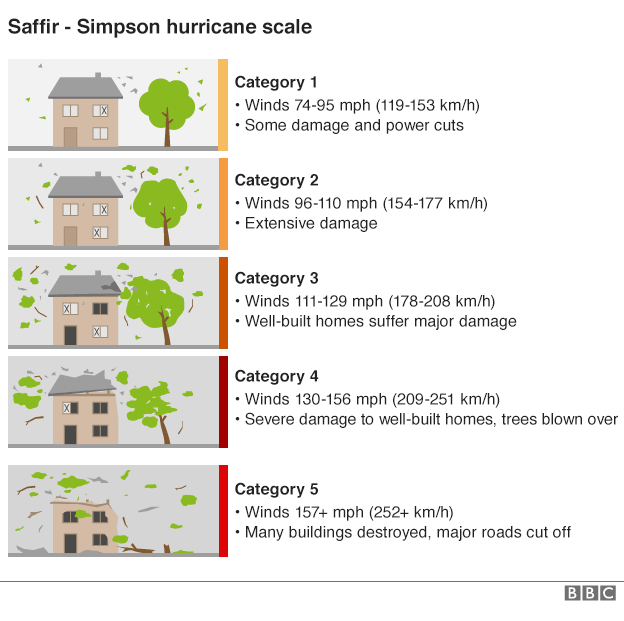
- Published3 September 2017
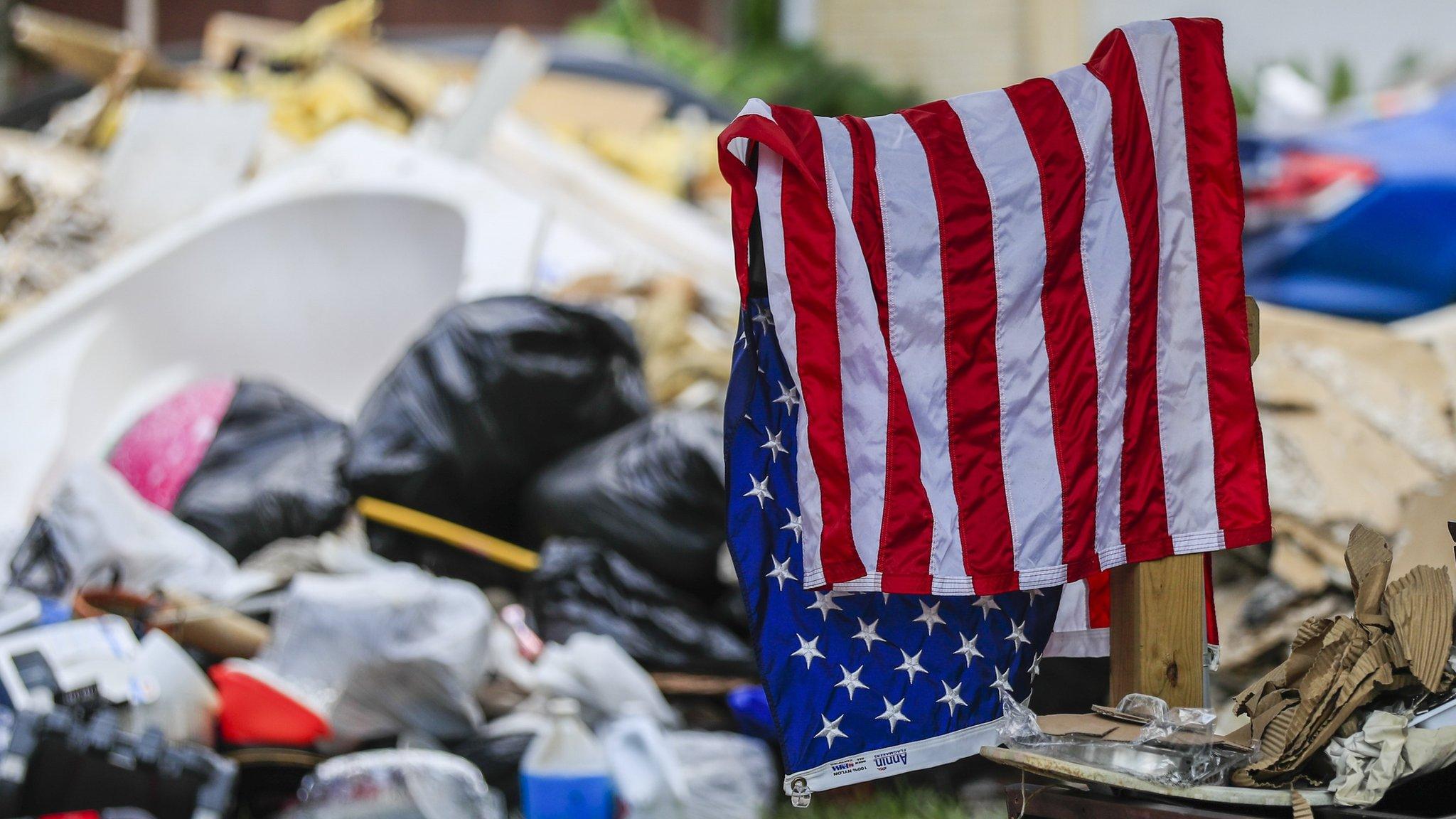
- Published30 August 2017
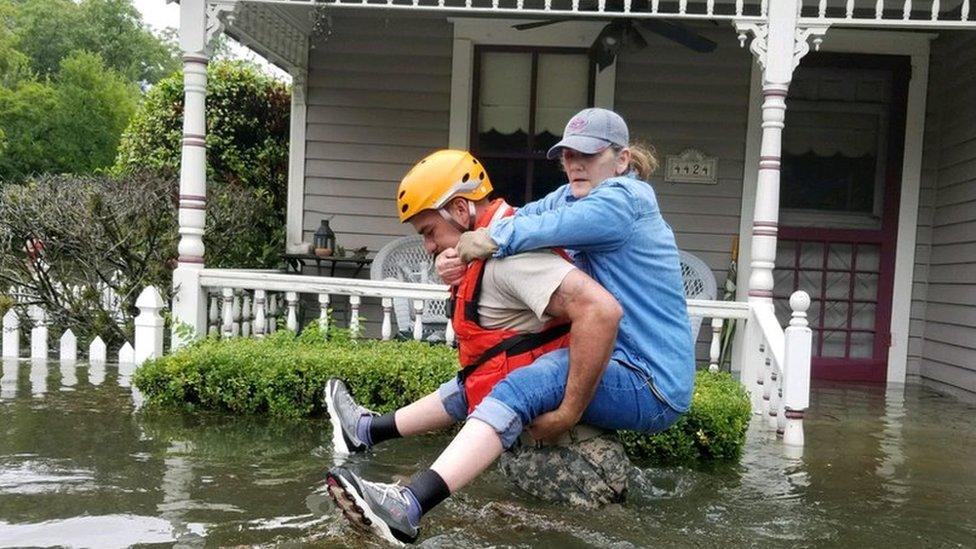
- Published25 September 2017
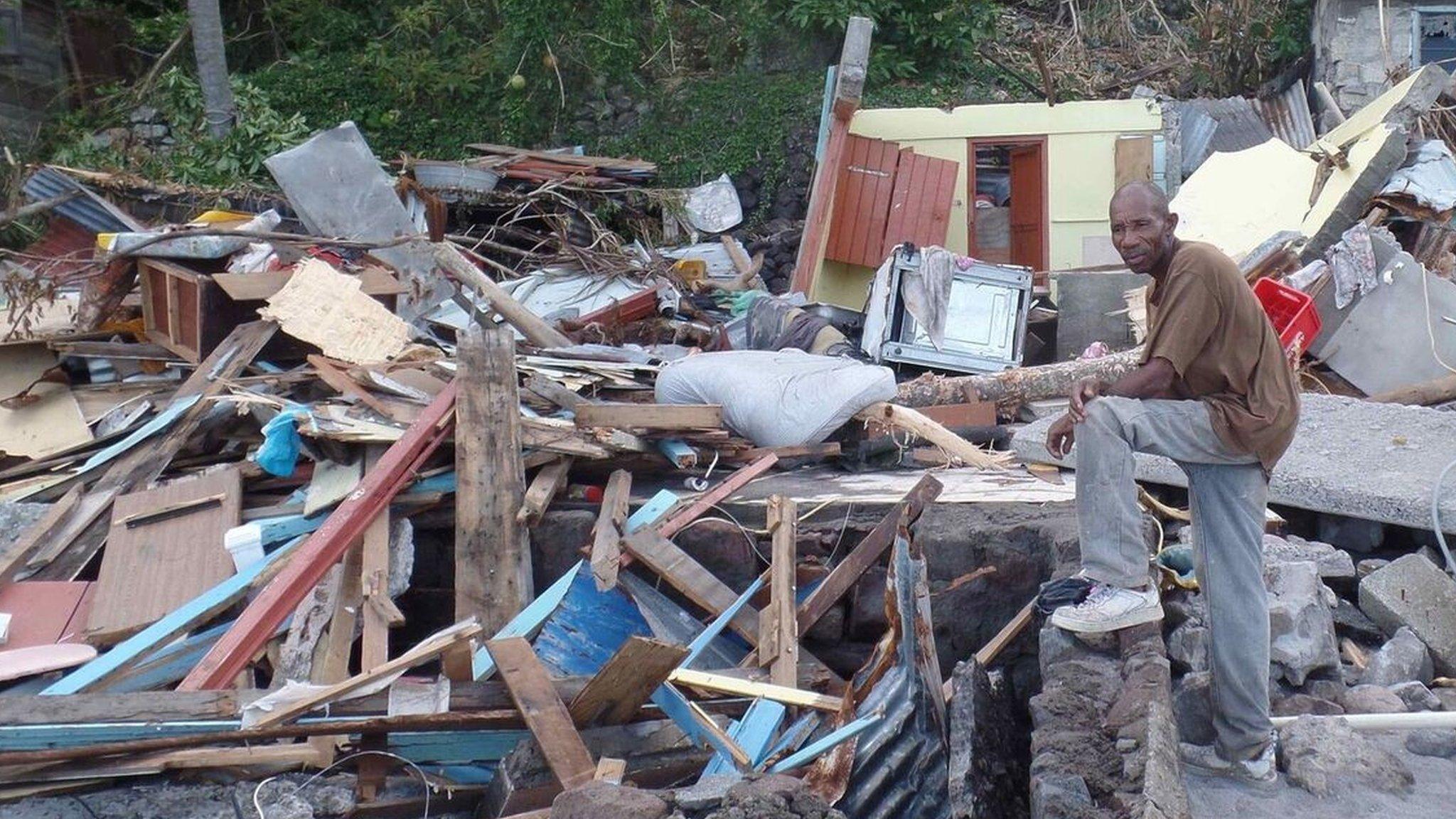
- Published29 August 2017

- Published28 August 2017
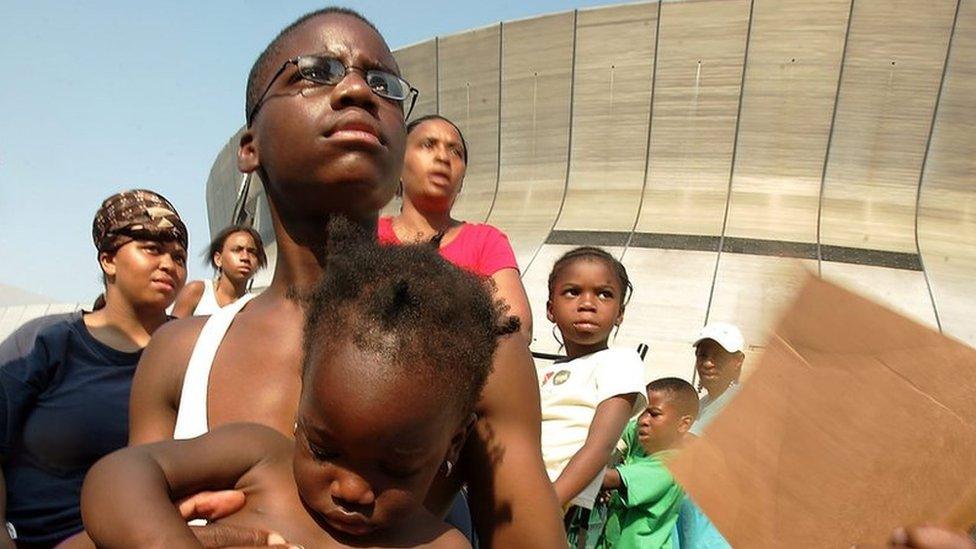
- Published28 September 2017
